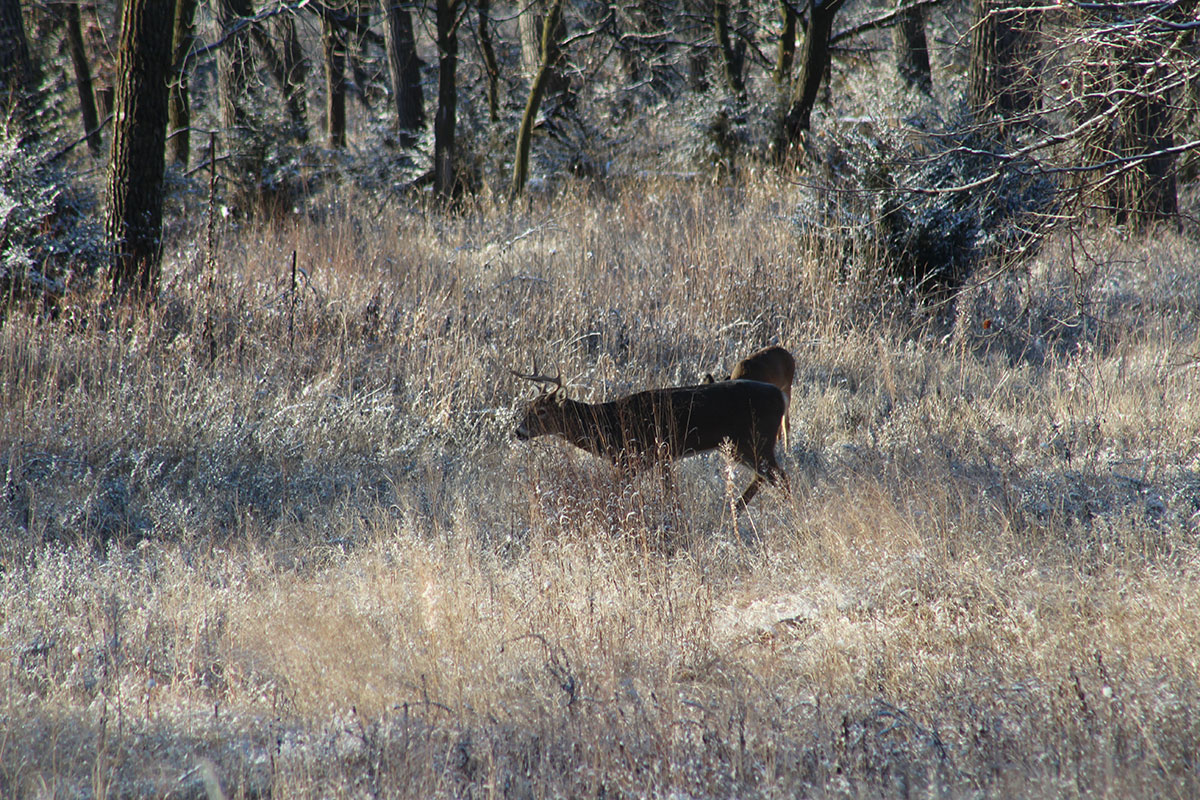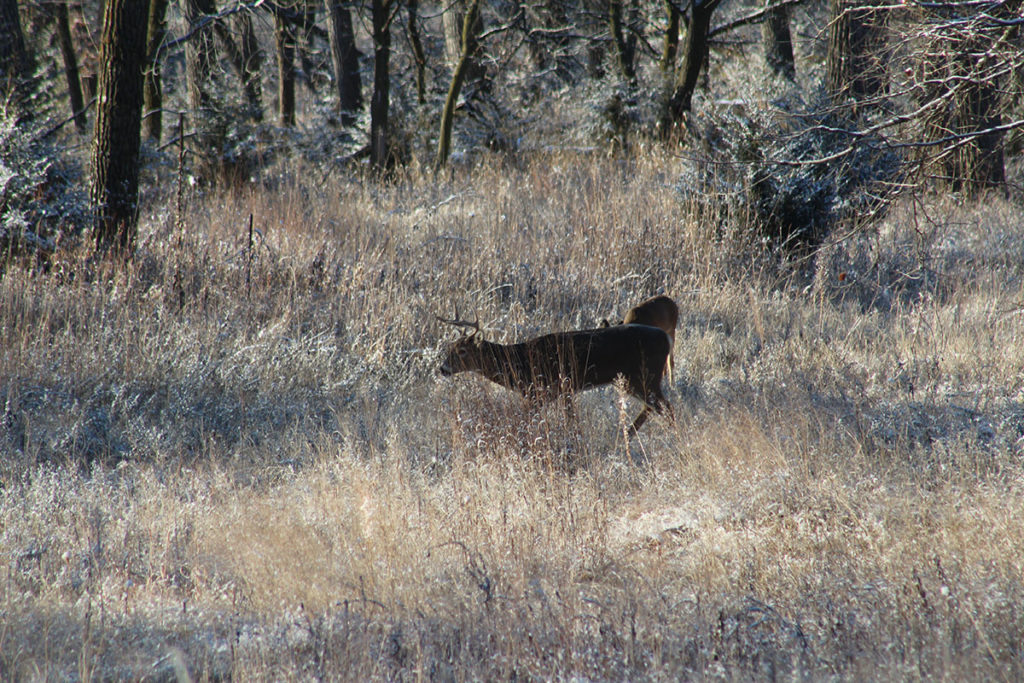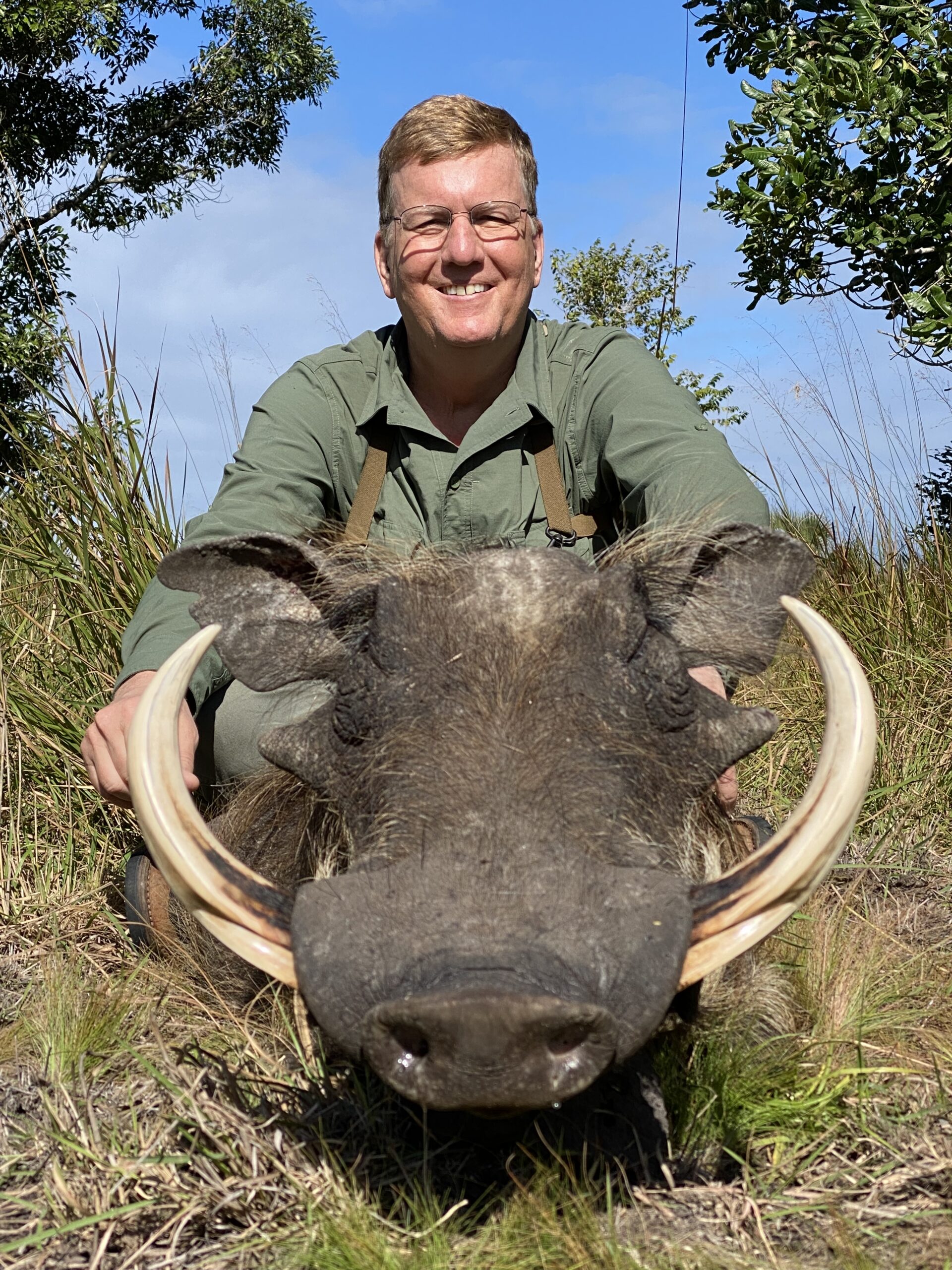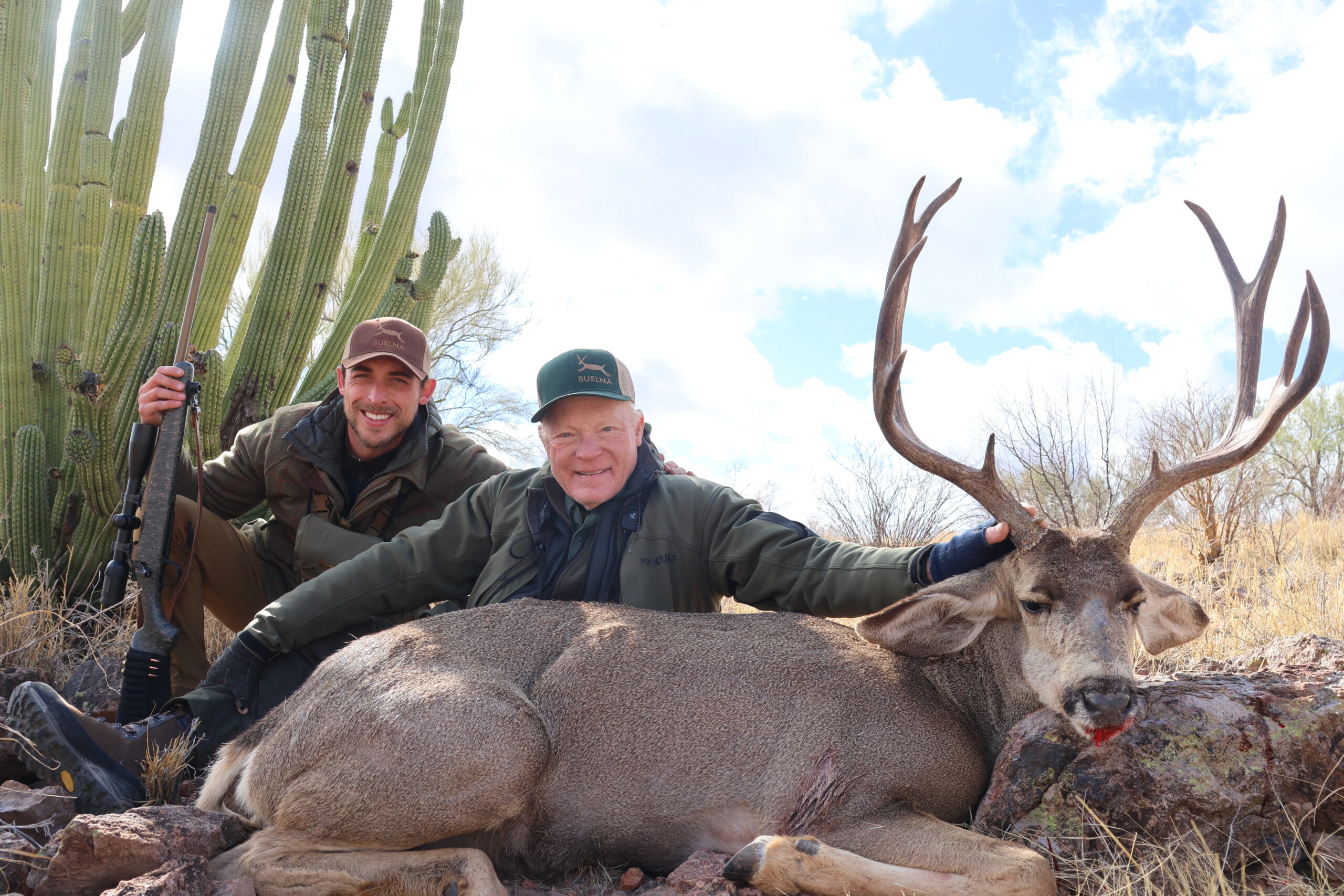Depending on where we live across North America, it happens at different times, but it’s the biggest event in the entire hunting world! Between late summer and the first weeks of the New Year, as many as ten million of us will be in the woods celebrating (and participating in) this amazing North American phenomenon: Deer Season!
Little more than a century ago most North American big game populations were in trouble, many reduced to scattered remnants with certain extinction predicted for some. Forever lost were some races and subspecies; Eastern and Merriam’s elk and Audubon’s bighorn. The seeming inevitable was staved off for all of our native big-game species, and a long road to recovery began. As conceived by Theodore Roosevelt, North American sportsmen and women have borne the cost of this amazing recovery voluntarily, through license fees and excise taxes on our equipment and through donations to hunter-based conservation organizations (including our own SCI).
There are, and as conditions change always will be, various wildlife populations in trouble. In the main, however, our North American big game is in great shape and better than was considered possible during Theodore Roosevelt’s presidency. The recovery of elk, pronghorn, wild turkey, black bear and in recent decades, bighorn sheep, are all amazing stories. But our flagship is our North American deer, our most widespread large wild mammal, found (and hunted) from coast to coast and from Mexico to Canada’s treeline. Also, our most numerous and the most numerous large game animal in the world. Numbers fluctuate with drought, severe winters and chronic disease outbreaks, but 40 million could be a conservative guess.
The vast majority are whitetails, which are also the most widespread. Whitetails range across North America in some 30 subspecies but are not known to occur in Alaska, Baja California, Nevada or Newfoundland…yet! Such plenty is not without challenges. Collisions with deer are America’s number one road hazard, and in many areas, crop damage is a major issue. Both are estimated to cost into the billions.
In our diverse hunting community, we have duck hunters, elk hunters, small game hunters, sheep hunters, turkey hunters, upland bird hunters, varmint hunters and more. Some are specialists while others follow the seasons, but the most numerous group is the American deer hunter. For many of us, deer are our most available game species, aided by the North American Model of wildlife conservation that gives us access to tens of millions of acres of public land, much of which is deer habitat.

Also part of our North American Model is that we entrust management of our wildlife resources to our governments, primarily at the state and provincial level. And that we expect them to use science as the primary management tool. So it is that, depending on local conditions and management goals, some of us enjoy longer deer seasons than others, varying from several months to just a few days. Hunters living in areas where deer are overpopulated often have the opportunity to harvest multiple deer, while areas with low density or a fragile resource may limit the harvest to just one, if licenses are available at all.
Hey, these are deer. It doesn’t matter how many permits are in your pocket. There are no guarantees and no jurisdictions across the entirety of North America approach 100 percent hunter success. Our deer may be the world’s most numerous large game animal, but they are also the most highly educated, each and every season given advance courses in avoiding humans, by ten million of us! I rate our deer, especially the whitetail deer, as among the wariest, most difficult and most frustrating animals on Earth to hunt.
In part that’s why we keep coming back, each and every deer season. We plan our best strategies and locations, but the outcome is unknown. Our Kansas rifle season starts in a few days as I write this, so by the time you read this it will be long over, the results known. But right now, I’m thinking about stands, trail cam photos, buck sightings, active rubs and scrapes and of course, watching the weather forecast.
Kansas has a long and lavish archery season, and most years I partake but, with no apologies, I’m mostly a gun guy, so it’s the short rifle season I look forward to. The timing isn’t great. We always start the Wednesday after Thanksgiving. In 2019 Thanksgiving was as late as the calendar allows, and so is our firearms season. The rut should be winding down, so all we can do is hope for cool, calm weather and take what we get.
Kansas is a strict one-buck state, regardless of method. On the one hand, as a landowner as well as a deer hunter I don’t like this. We have some funky-antlered bucks, of all ages, that I’d love to see out of the herd. With luck, maybe I’ll put my tag on one of them. But after all, these are wild whitetails, so who knows what I’m going to see?
On the other hand, I accept that our one-buck limit has much to do with the great deer hunting we enjoy today. A high buck/doe ratio, reasonable age-class distribution and potential for very nice bucks, depending on luck and weather. However, let me assure you we do not have Top 10 whitetails behind every bush. We do have pretty good bucks and over the next two weeks I expect our hunters to see some of them. Hopefully I’ll crank up the DRS (that’s Deer Recovery System, known to some as “tractor”) at least a couple of times.
To me it’s an amazing thing and a wonderful privilege to be hunting deer in Kansas. The oak ridges we hunt today were barren when settlers first arrived. It’s said not a single tree existed in this part of the state. This meant that our wildlife was vulnerable and in the days of Manifest Destiny it was widely held that wildlife must go to make room for the plow. Our post office is Elk City, near the Elk river and a few miles west is the Elk County line, but there hasn’t been a wild elk in this area since the 1880s. With the plentitude of deer we enjoy today, this seems impossible, but all deer were considered extinct in Kansas by the 1920s when my Dad was born. We had few deer when I was young and not a huge number when the first modern season was held in the mid-Sixties.
The 2019 estimate is 620,000 deer statewide, with about 180,000 permits issued. Deer are overpopulated in some areas, with deer/vehicle collisions on the rise, so antlerless permits are generally available. With a one-buck limit, the antlerless permit is a primary management tool. We encourage our hunters to harvest at least one doe under the theory that, if we take one doe for every buck, our buck/doe ratio cannot get worse.
Well, I just checked the weather, probably for the 20th time. The forecast looks pretty good, clear and calm, cool but not miserable cold, at least for Opening Day. Can’t do much about it, the weather will do what it will do. I also checked the moon phase. It’s gonna be too bright, but I can’t do anything about that either. In the meantime, we’re seeing a lot of movement both in the woods and on the food plots and the bucks are rubbing, scraping and chasing. I think it’s going to be pretty good and I hope our deer agree. Whatever the next few days bring, I’ll be in the woods, celebrating the great American ritual of deer season…just like millions of other hunters!–Craig Boddington




